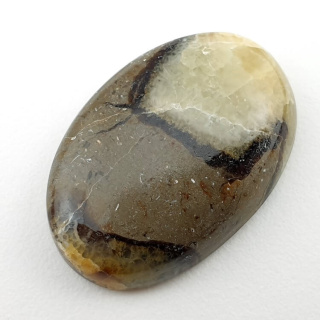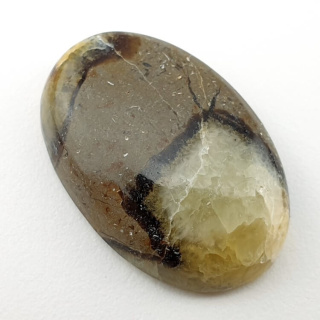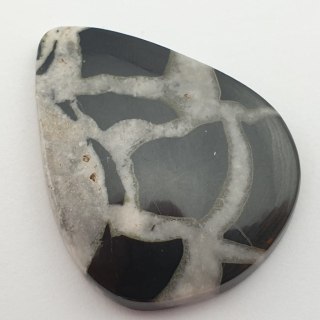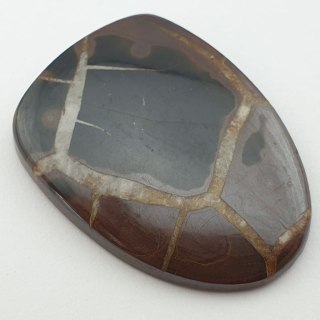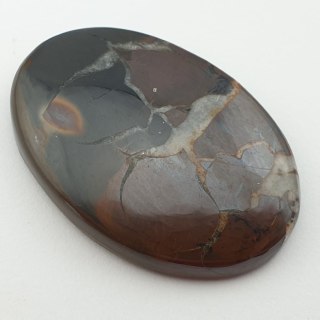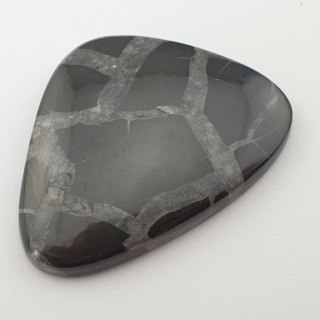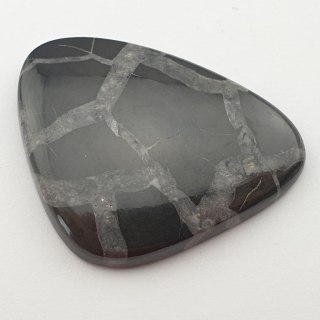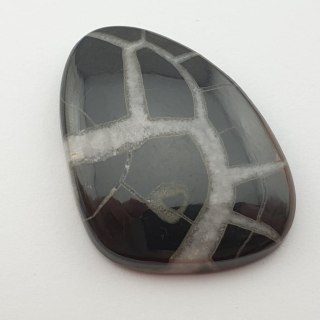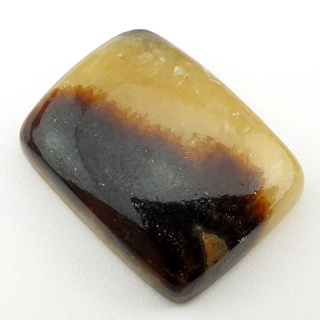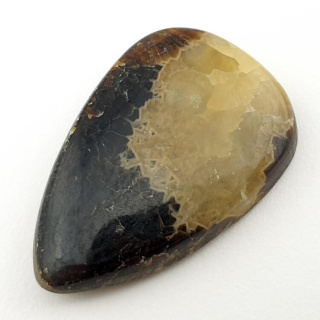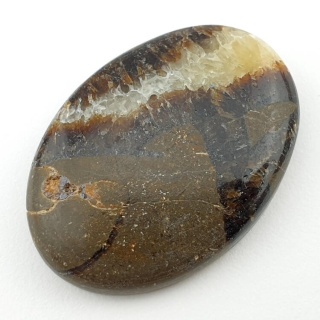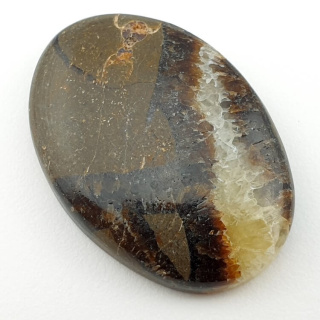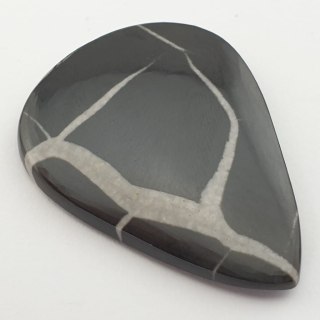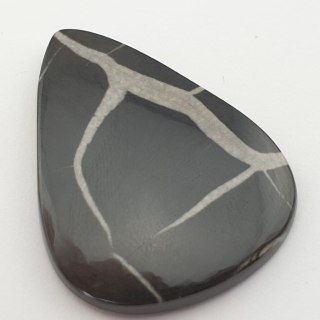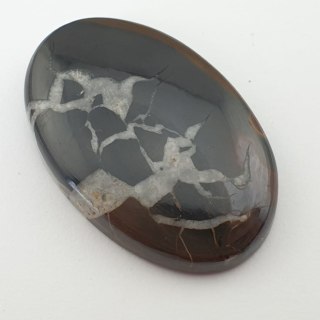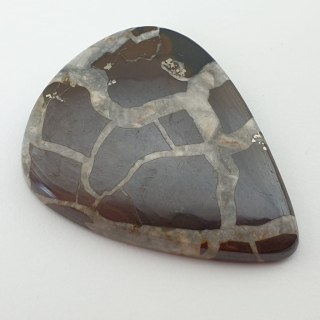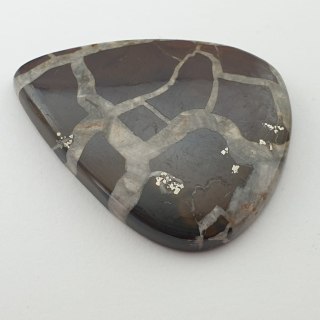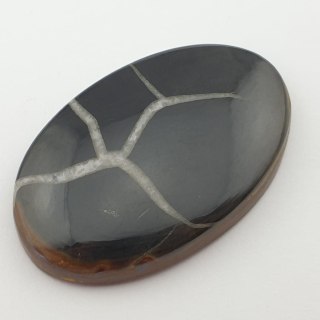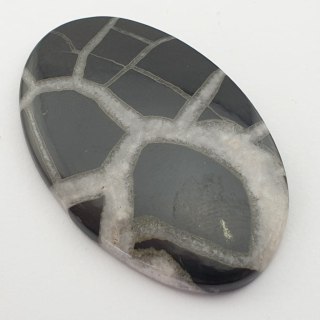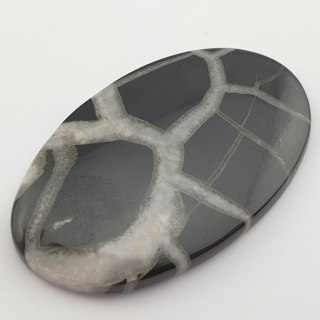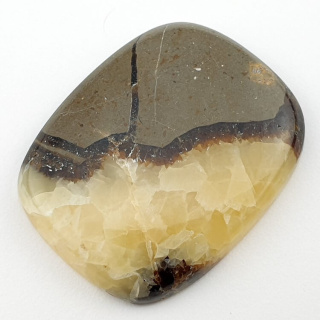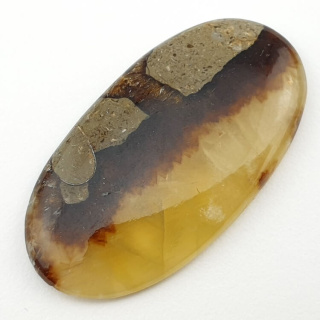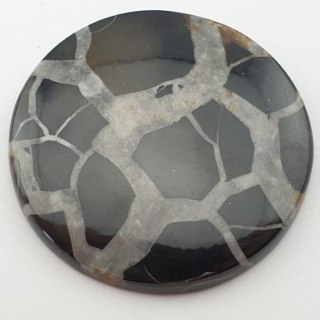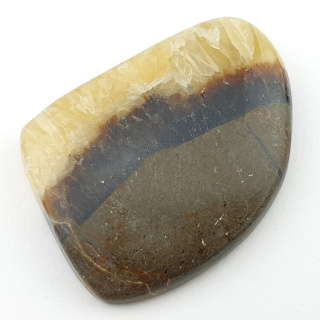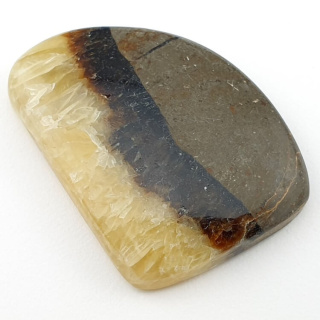- All categories
-
Categories
- Stones | Crystals
- Beads for jewlery
- Jewelry components
- Kamienie syntetyczne
- Zodiac stones
- Pearls | Shells
- Pendants
- Bracelets
- Kryształki - Taśmy
- Crystals A-F
- Crystals G-K
- Crystals L-O
-
Crystals P-Z
- Peridote
- Pietersite
- Pyrite
- Prehnite
- Purpurite
- Rhodochrosite
- Rhodonite
- Ruby
- Selenite
- Septarian
- Seraphinite
- Indian seraphinite
- Serpentine
- Petrified wood
- Cat's eye scapolite
- Scolecite
- Sodalite
- Stichtite
- Shattuckite
- Scheelite
- Shungite
- Tektite
- Thulite
- Topaz
- Tibetan turquoise
- Tourmaline
- Tiger's eye
- Tiger's iron
- Unakite
- Variscite
- Sale
- Promo 💵
- Sale 🛒
- New arrivals 💥
- Discounts
- Delivery
- Payment
- Returns
- Contact us
- Blog
- Kryształki - taśmy (sale -40%)
-
Categories
-
Peridote
-
Pietersite
-
Pyrite
-
Prehnite
-
Purpurite
-
Rhodochrosite
-
Rhodonite
-
Ruby
-
Selenite
-
Septarian
-
Seraphinite
-
Indian seraphinite
-
Serpentine
-
Petrified wood
-
Cat's eye scapolite
-
Scolecite
-
Sodalite
-
Stichtite
-
Shattuckite
-
Scheelite
-
Shungite
-
Tektite
-
Thulite
-
Topaz
-
Tibetan turquoise
-
Tourmaline
-
Tiger's eye
-
Tiger's iron
-
Unakite
-
Variscite
Crystals P-Z -
- Promo 💵
- Sale 🛒
- New arrivals 💥
- Discounts
- Delivery
- Payment
- Returns
- Contact us
- Blog
- Kryształki - taśmy (sale -40%)
-
- Search
- My account
- Favorites
-
Cart
0
-
Cart (0)Cart is emptyFor free delivery is missing -,--Free delivery!Make orderTotal 0 złPrice includes discounts
-
Septarian, Septaria, or Dragon's Blood Stone
Number of products : 19What is septarian stone?
Septarian is a type of sedimentary rock that contains characteristic cracks filled with minerals or other substances. The name “septarian” comes from the Latin word “septum,” which means “wall” or “partition,” referring to these cracks inside the rock.
The most common minerals found inside septarian stones are calcite, barite, celestine, aragonite, and others. Septaria stones often have an attractive appearance due to the variety of colors and patterns of the minerals inside them, making them popular among mineral collectors and those interested in geology.
What does septarian look like?
Septarian is a sedimentary rock with a distinctive appearance due to its cracks and internal patterns. The appearance of septarian stone can vary, but here is a general description:
- Fractures: The most characteristic feature of septarian is the radial cracks or fractures that run through the rock. These fractures can vary in size and shape, from small radial cracks to larger fractures. They often form regular patterns or networks on the surface of the stone.
- Shape: Septarian stones can come in a variety of shapes, but often take the form of spheres, eggs, or irregular blocks. Their shape is often the result of geological processes that have acted on the rock.
- Minerals inside: The interior of septarian is filled with minerals or other substances. The most common minerals are calcite, barite, celestine, aragonite, and others. These minerals create multicolored patterns and textures inside the stone.
- Colors: Septarian stones can have different colors depending on the type of minerals filling the cracks. They can range from shades of white and beige to brown, gray, yellow, and even green.
- Surface: The surface of septarian can be smooth or rough, depending on the degree of erosion and processing of the stone.
Since septarian is a natural geological formation, its appearance can vary significantly depending on its location and the geological processes that influenced its formation. They are valued both for their unique patterns and aesthetic value, making them popular in geology, mineral collecting, art, and jewelry.
Where did the other name for septarian, like dragon stone, come from?
The name dragon stone was coined because of the patterns of these stones, which sometimes appear exotic, fanciful, or even “dragon-like.” The term is more related to folklore and metaphor than to scientific geological terminology. In fact, septaria stones have no connection to mythological dragons and do not possess any magical properties.
The name dragon stone may be used for marketing purposes or to give septaria stones a more mysterious and exotic character. This is often practiced in the jewelry and esoteric industries, where stones and minerals are often attributed with various properties and symbolism. However, in scientific terminology and geology, the term “septaria” is preferred as the name for these concretions in sedimentary rocks.
Ultimately, the terminology and naming of stones and minerals often vary depending on the culture, tradition, and context in which they are used. It is important to maintain a healthy critical awareness and a good understanding of the properties of specific minerals before believing any myths or stories associated with them.
What minerals are most commonly found inside septarian stones?
The most common minerals found inside septarian stones are:
- Calcite crystals: Calcite is one of the most common minerals found in septarian. It can form various colors, including white, yellow, pink, or brown, and often occurs in the form of crystals or flakes.
- Baryte: Baryte is another mineral commonly found in septarian. It has a characteristic white, grayish-white, or yellow color.
- Celestine: Celestine is a mineral with a blue to light blue color. It often occurs in the form of crystals or small crystals inside septarian.
- Aragonite: Aragonite is a carbonate mineral and can take on various colors, including white, gray-white, or pink. It occurs in the form of needle-like crystals or small spherical clusters.
- Pyromorphite: Pyromorphite is a mineral that is green, yellow, red, or brown in color and may occur inside septarian in the form of crystals or granular incrustations.
- Gypsum: Gypsum is sometimes present inside septarian stones and is white, transparent or slightly colored.
- Marcasite: Marcasite is a sulfide mineral that can form golden crystals or granular fillings in septarian.
It is worth noting that the type of minerals present inside septarian stones may vary depending on where these rocks are found. Each set of minerals creates unique patterns and colors, making septaria stones valuable and attractive to mineral collectors and geology enthusiasts.
What geological factors contribute to the formation of cracks in septarian?
The formation of cracks in septarian is a complex geological process that can be the result of many factors. Here are some of the main geological factors that contribute to the formation of cracks in septarian stones:
- Sedimentation and deposition: Cracks in septarian often begin during the process of sedimentation and deposition. When a layer of sediment is compressed by new layers of sediment or geostatic pressure, initial cracking of the rock may occur.
- Drying and shrinkage: When sediments undergo drying, especially in dry climates or in tidal zones, they can shrink and crack, forming fractures.
- Tectonic pressure: Tectonic pressure resulting from movements of the Earth's crust can lead to the fracturing of sedimentary rocks, including septarian. Tectonic stresses can cause fractures in rocks.
- Chemical influence: The introduction of chemicals, such as mineral salts or other solvents, into sedimentary rocks can cause diagenetic processes that influence the formation of fractures.
- Biostructuring: The action of organisms such as microorganisms or plant roots within sediments can influence diagenetic processes and the formation of fractures.
- Mineral aggregates: Dissolved minerals or other substances can settle in fractures, creating patterns and textures within septarian.
- Time: The process of fracture formation in septaria is usually a long-term process that takes hundreds of thousands or millions of years.
As a result of these geological processes, cracks in septarian stones are formed and then filled with minerals or other substances, creating distinctive patterns and structures inside the rock. This makes septaria stones an interesting object of study for geologists and mineral collectors.
In which parts of the world can septarian stones be found?
Septarian stones can be found in various parts of the world, especially in sedimentary rocks. They are widespread but occur more commonly in some places than others. Here are a few areas where septarian stones can often be found:
- England: Septarian stones are particularly well known in the county of Lincolnshire in England. They are called “Lincolnshire sausages” because of their distinctive shapes. They occur in layers of clay and Jurassic sandstone.
- France: Septarian is also available in France, especially in the region around Bordeaux and in other places where sedimentary deposits are found.
- Germany: Germany is another European country where septarian stones can be found, especially in the western part of the country.
- United States: In the United States, septarian is found in some states, such as Utah, where sandstones and sedimentary rocks containing septaria stones can be found.
- Argentina: In South America, septarian is known from some areas of Argentina, where they occur in sediments.
- India: In India, septarian stones can be found in some regions, especially in sedimentary rocks.
- Other locations: Septarian stones are also present in other parts of the world where the geological conditions for their formation are suitable.
It is worth noting that septarian stones can have different properties depending on their location and mineral composition. They are often a valuable material for mineral collectors and are used in jewelry and decoration.
How can you tell an authentic septarian stone from similar minerals or imitations?
It can be difficult to distinguish an authentic Septarian stone from similar minerals or imitations, but there are certain characteristics and steps that can help you identify a genuine Septarian. Here are a few tips:
- Examine the cracks and patterns: The characteristic cracks in septarian stones and the patterns inside the stone are often a key distinguishing feature. Authentic septaria will have natural, random patterns of cracks and mineral fillings. Imitations may appear more regular or irregular.
- Check the smoothness and texture: Septaria stones are usually slightly rough or uneven on the surface. Imitations or other minerals may be smooth or have a different texture.
- Color: Septaria stones come in a variety of colors, depending on the type of minerals inside. It is helpful to know the typical colors for the specific location where the septaria stone was found. Color variations may suggest that the stone is authentic.
- Hardness: Septaria stones usually have a hardness of 3-4 on the Mohs hardness scale. If the stone is too soft or too hard, this may indicate an imitation or a different mineral.
- Specialized testing: In some cases, it may be worth consulting a geologist or mineral specialist who can use various laboratory tests, such as chemical analysis, microscopy, or crystal structure examination, to confirm the authenticity of the stone.
- Purchase from a trusted source: The best way to avoid imitations is to purchase septaria stones from trusted mineral dealers who have the knowledge and experience to recognize authentic stones.
- Awareness of the source: If you have information about the source of the septaria stone, such as where it was found, this may help to confirm its authenticity. Some locations are known for producing septaria with specific characteristics.
Remember that there are many varieties of septaria stones, differing in mineral composition, appearance, and properties. It is worth learning about them and seeking the help of experts to ensure that the stone is authentic.
What are the differences between septaria stones and other types of concretions?
Septaria stones are a type of concretion, but there are differences between them and other types of concretions. Here are some of the main differences:
- Fractures and patterns: One of the main distinguishing features of septaria stones is the presence of characteristic fractures and internal patterns. Other types of concretions, such as geodes, do not usually have such regular fracture patterns inside the rock.
- Minerals inside: Septaria stones contain minerals or other substances inside them that fill the cracks. Other concretions may contain various types of fillings, but not necessarily minerals. For example, geodes often have interiors filled with quartz or amethyst crystals.
- Shape: Septaria stones often take on round, spherical, or ovoid shapes with visible fractures on their surface. Other concretions can take on various shapes, such as balls, discs, or irregular forms.
- Mineral composition: The mineral composition of septaria stones can vary depending on where they are found. For example, septaria stones most often contain carbonate minerals such as calcite, barite, celestine, and aragonite. Other concretions may contain other minerals depending on the type of rock in which they form.
- Formation: Septaria stones are mainly formed as a result of diagenesis, i.e. the transformation of sediments into harder types of rock. Other concretions may form in different ways, for example as a result of accretion or crystallization inside hollow spaces in rocks.
- Uses and popularity: Septaria stones are valued for their unique patterns and aesthetic appearance, which make them popular in mineral collecting and jewelry. Other concretions, such as geodes, may also be valuable, but their applications may be different, for example as a source of crystals for jewelry production.
It is worth noting that these differences are due to the different formation processes and mineral composition of the individual types of concretions. Each type of concretion has its own characteristics and is valuable in its own context.
What are the most interesting and unusual internal patterns in septaria stones?
The internal patterns in septaria stones can be very diverse and often make for a fascinating subject of study and aesthetic enjoyment. Here are a few examples of some of the most interesting and unusual internal patterns found in septaria stones:
- Spirals: In some septaria stones, you can find spiral fracture patterns that create striking and mesmerizing patterns on the surface.
- Mesh patterns: Fracture patterns can sometimes resemble regular or irregular meshes that resemble geometric structures.
- Multicolored layers: Septaria stones may contain multicolored layers of minerals within the fractures, creating beautiful color contrasts.
- Geometric shapes: Some septaria have internal patterns resembling geometric shapes such as triangles, squares, or hexagons.
- Glass patterns: In some cases, septaria stones appear to have an interior resembling the texture of glass, giving them a unique appearance.
- Broken mirror: Some septaria stones appear to have patterns resembling a cracked mirror or ice crystals, creating striking patterns that reflect light.
- Optical phenomenon: Some septaria exhibit optical phenomena such as chatoyancy (the “cat's eye” effect), which makes the patterns appear to change depending on the viewing angle and lighting.
- Concentric circles: Some septaria stones have crack patterns resembling concentric circles, giving them a symmetrical appearance.
- Abstract patterns: The patterns in some septaria stones are so abstract and unusual that they are difficult to describe or compare to anything specific.
It is worth noting that each septaria is unique, and what is considered fascinating or unusual may be subjective. However, the variety of internal patterns in septaria stones makes them an interesting object for both mineral collectors and those interested in the aesthetics of natural geological formations.
![[{[item.product.name]}]]([{[item.product.photo.url]}] 75w)

